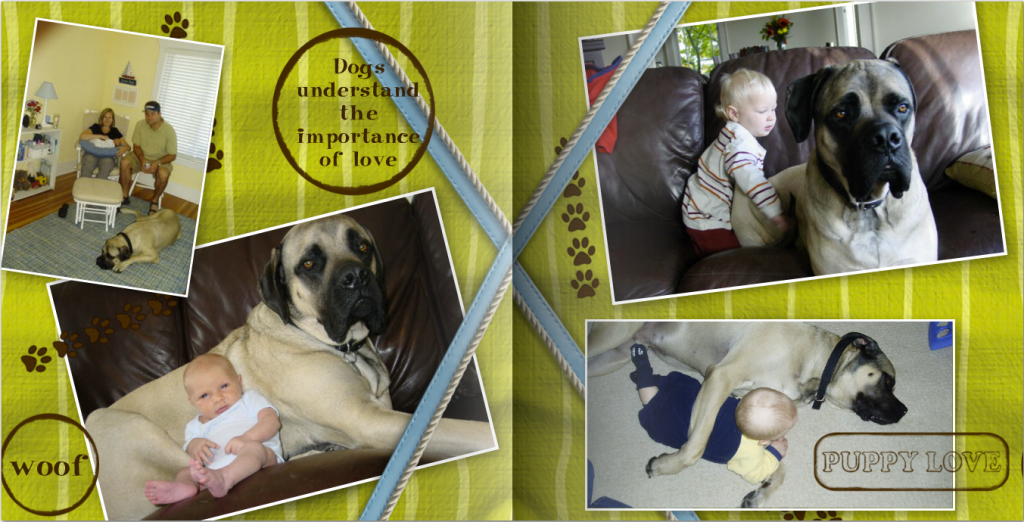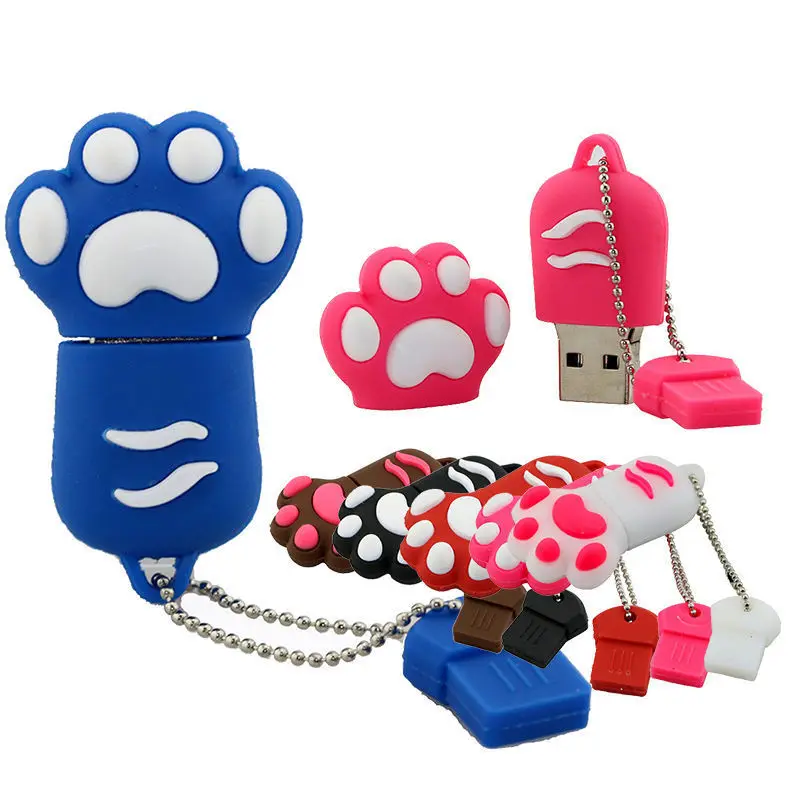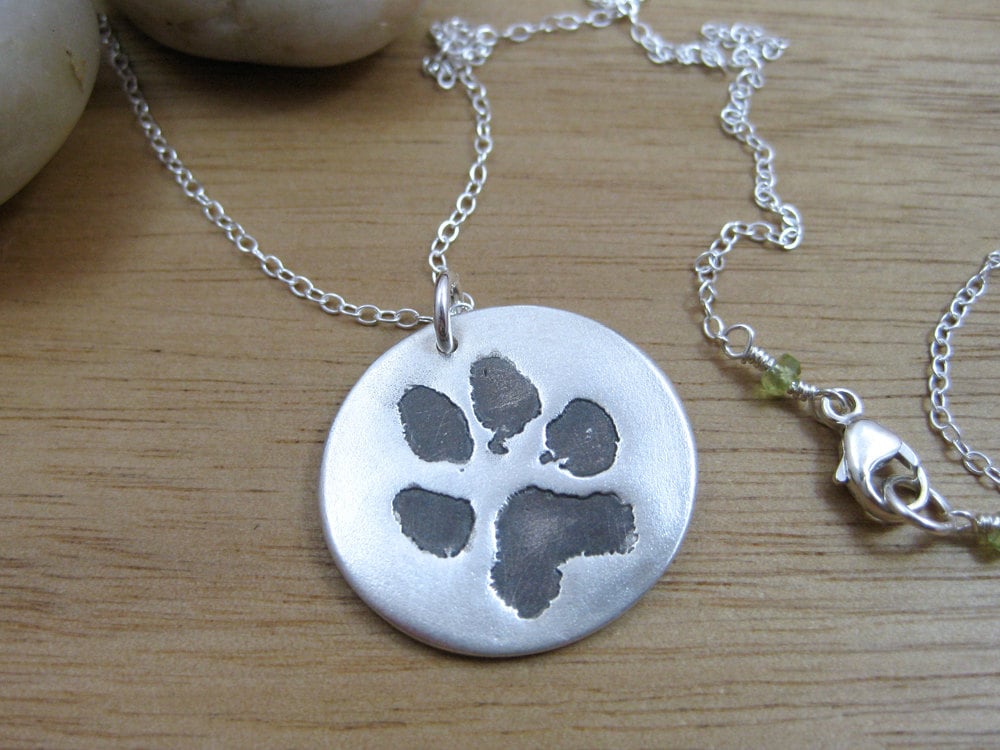 Often
here at the hospital, we see many different types of harnesses and collars used
by our clients. Some are complex, others are simple.
Often
here at the hospital, we see many different types of harnesses and collars used
by our clients. Some are complex, others are simple.
For a dog that pulls, a harness where the leash attaches to
their back can cause discomfort to you (as the handler) and isn’t very effective in controlling
their pulling.
Dr. Sophia Yin, who specialized in Animal Behavior, wrote
on her blog, “I avoid harnesses that hook on the
back unless you want to train your dog to pull a cart or a sled. These
harnesses actually help train your dog to ignore you and pull you because when
you pull on the leash to try to gain some control, they direct the dog’s
attention away from you.”
(Link
to her blog: Which Types of Collars and Harnesses are Safe for Your Dog?
A small 5 pound Poodle probably won’t cause you any
discomfort, but a 65 pound Labrador can cause pain/damage in your wrist,
shoulder, neck and back with his pulling if wearing a harness that helps give
him that control to use his weight to take you where he wants to go. (He can
also cause damage to his own neck if he’s pulling with a collar.)
If you are considering a harness for a dog that pulls,
consider a no-pull harness. According to the Kindred Companions’ No-Pull
Harness blog, “The first thing that
should to be considered when choosing one of these tools is why it is
needed. Each one has its pros and cons and some of the cons very heavily out
weigh the pros.”
Their article discusses the different options to consider when buying a no-pull harness. Check out their detailed blog here: http://www.kindredcompanions.com/for-the-love-of-dog/no-pull-harness
Harnesses are great for dogs with medical needs. An elderly
dog that needs help getting up or a dog with a collapsing trachea will benefit
from a harness compared to a collar when on an outing.
When considering a collar, according to dogtime.com, “a common, traditional collar that does not constrict
is fine for dogs that don’t have respiratory problems and aren’t prone to
pulling on leashes. They may also be more comfortable for some dogs, especially
if you plan on leaving it on all the time. A harness usually isn’t as
comfortable for all day use. Also, if your dog has long hair, it might get
caught up in a harness. A collar doesn’t have that problem. However, for dogs
that pull hard during walks, a collar can increase the risk of neck
injury. A harness may be the
better option in those cases.”
If you have a dog with a narrower head
such as a whippet, greyhound or sheltie, you may want to consider a Martingale
collar as it makes it harder for a dog to slip-free from their collar.
 When choosing a
collar or harness, it is best to discuss any specific health issues or needs
your pet has with your veterinarian to ensure the best health and
experience. If your dog needs help
understanding how to properly walk on a leash, your vet office most likely can
recommend a list of trainers to work with.
When choosing a
collar or harness, it is best to discuss any specific health issues or needs
your pet has with your veterinarian to ensure the best health and
experience. If your dog needs help
understanding how to properly walk on a leash, your vet office most likely can
recommend a list of trainers to work with.
Our Veterinarian, Dr. Gloria Ku, would like to remind dog owners to "keep in mind that harnesses and flat collars are not necessarily good for training your dog as they provide little directive information from the handler. For training collars, such as Gentle Leader collars, it is best to discuss options for your pet's specific needs with a trainer or veterinarian."












